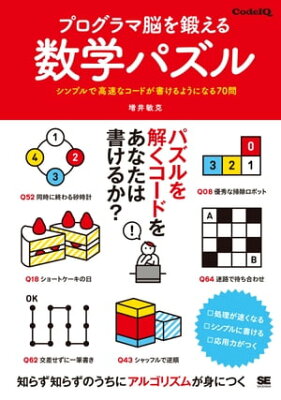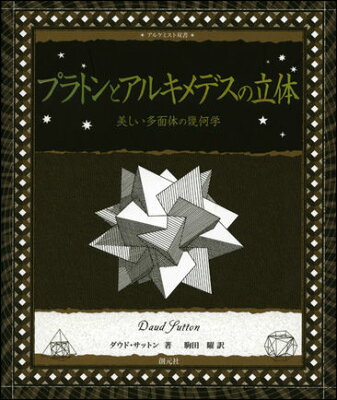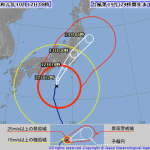On the article Calculate Pentagons and Hexagons in a Soccer Ball, I calculated pentagons and hexagons in a soccer ball. Here, think about it from another aspect, without using Euler’s formula.

Connect Centers of Hexagons
Imagine a polyhedron, of which vertexes are the center of hexagons in a soccer ball. Its each face is regular pentagon, and it is composed only from pentagons. It is regular dodecahedron.

The number of faces in a regular dodecahedron is the same as one of regular pentagons contained in a soccer ball. Therefore, the number of pentagons in a soccer ball is 12.
The number of vertexes in a regular dodecahedron is the same as one of regular hexagons contained in a soccer ball. Therefore, the number of regular hexagons in a soccer ball is ( 5 times 12 div 3 = 20 ) .
Then, the number of faces in a soccer ball is
[ 12 + 20 = 32 . ]Now, calculate the number of edges in a soccer ball. Add edges of pentagons and hexagons and remove duplication, then
[ ( 5 times 12 + 6 times 20 ) div 2 = 90 . ]Lastly, calculate the number of vertexes in a soccer ball. A vertex in a soccer ball belongs to 3 faces, so add the vertexes of pentagons and hexagons and divide it by 3, then
[ ( 5 times 12 + 6 times 20 ) div 3 = 60 . ]Above, we thought polyhedron whose vertexes are the centers of hexagons in a soccer ball. We can calculate if we think about a polyhedron whose vertexes are the centers of pentagons in a soccer ball, too.
Connect Centers of Pentagons
Imagine a polyhedron, whose vertexes are the center of pentagons in a soccer ball. It is regular icosahedron. It is obvious that it’s the same as a polyhedron made by connecting the centers of the faces in a regular dodecahedron.

Truncated Polyhedron
Now truncate the vertexes of regular icosahedron.
Truncating the vertexes of regular icosahedron, then soccer ball appears. This soccer ball shape is called truncated regular icosahedron.
If you deeply truncate the vertexes of regular dodecahedron, soccer ball appears, too. On the following regular dodecahedron image, if you truncate along the line, sort of soccer ball will appear. (The line is too deep, so the hexagon is not regular hexagon but hexagons and pentagons appear.)



















